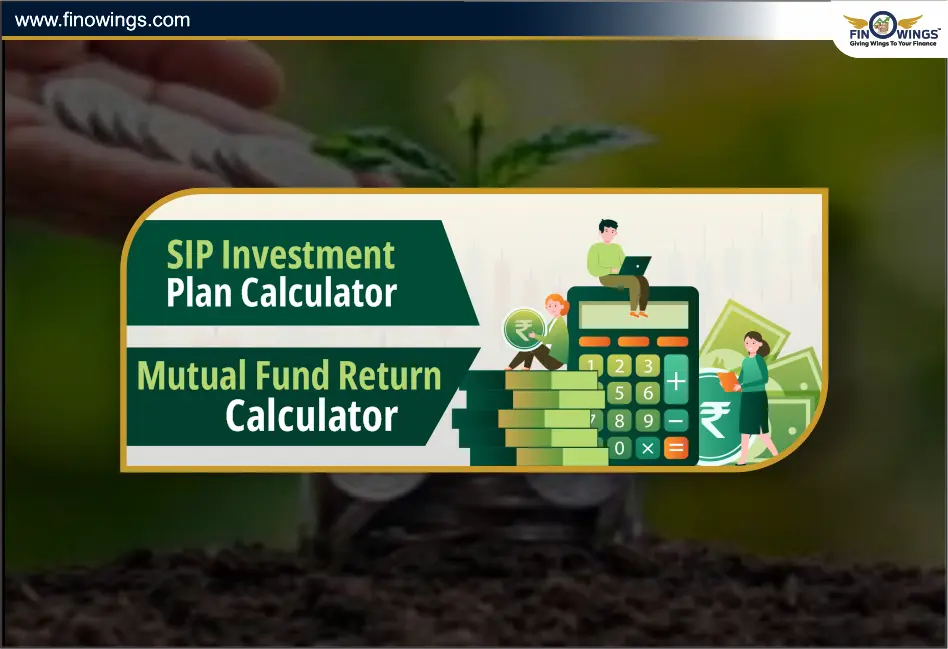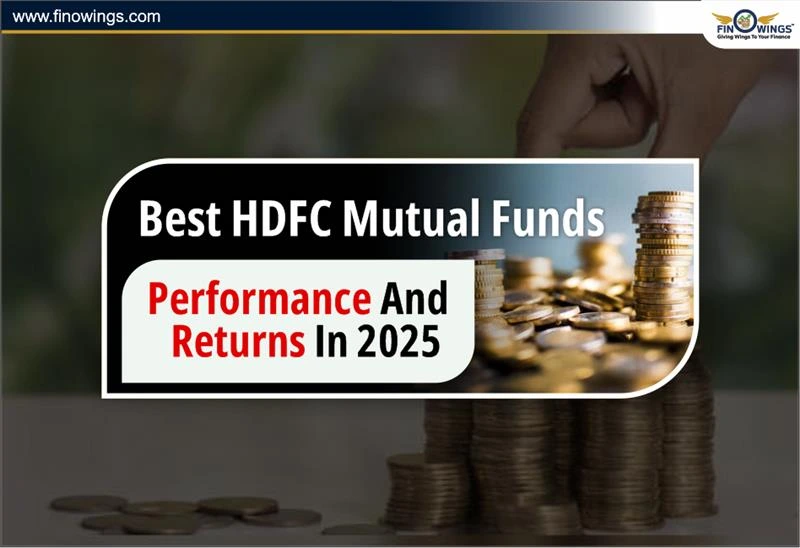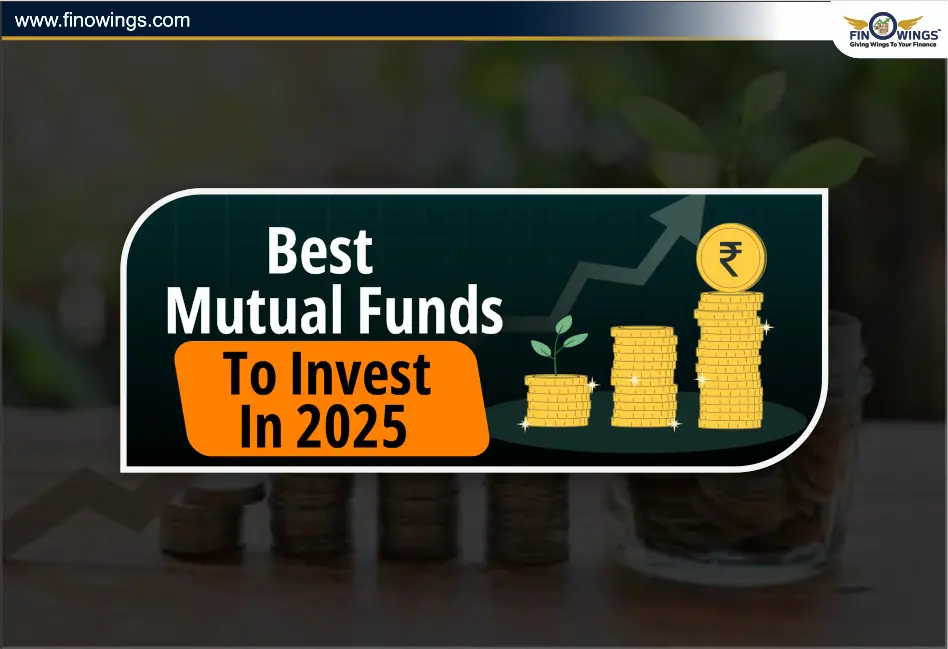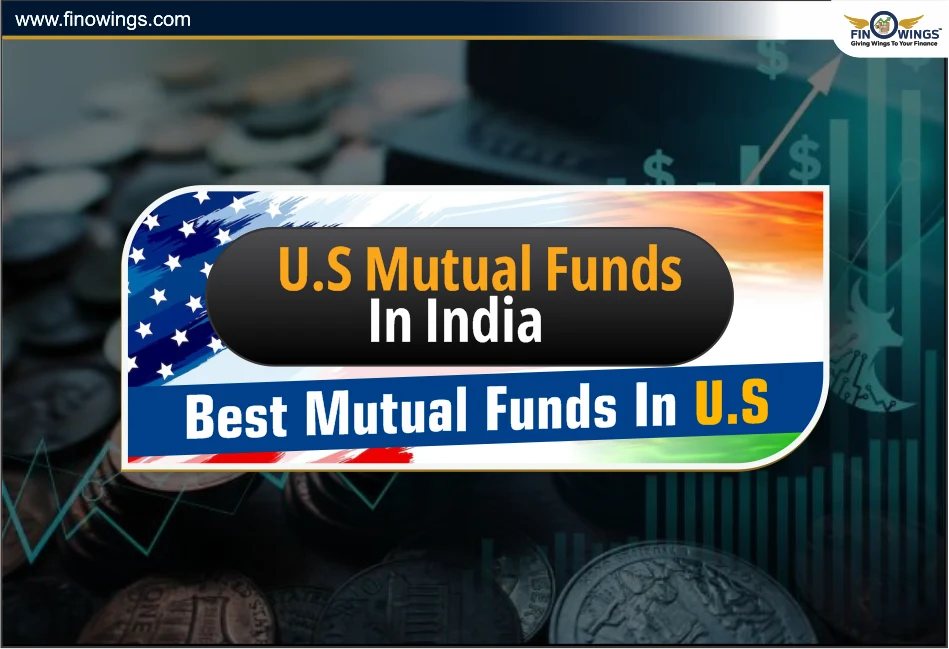Home >> Blog >> Best Midcap Mutual Funds 2024 | Invest 5K to Get 1.5 Crore
Best Midcap Mutual Funds 2024 | Invest 5K to Get 1.5 Crore

Table of Contents
- Mid Cap Mutual Funds
- List of Best Mid Cap Mutual Funds
- Who Should Invest in Mid-Cap Mutual Funds?
- Factor to be consider while investing in Mid Cap Mutual Fund
- Advantage of investing in Mid Cap Mutual Funds
- Risk Involved while Investing in Mid Cap Mutual Fund
- How to Get 1.5 Crore by Just Investing 5K
- How to Invest in Best MidCap Mutual Funds in 2024?
- In conclusion
Mid Cap Mutual Funds
A mid cap fund is a type of pooled investment that concentrates on businesses with market capitalizations between that of listed equities in the middle. With a lower risk factor than small-cap funds, the underlying firms of this stock, which are mid-sized businesses, give comparatively larger returns than large-cap corporations. The list of top mid-cap mutual funds available right now may be seen below.
1-Quant Mid Cap Fund Direct-Growth
Fund Performance: The Quant Mid Cap Fund has given 37.85% annualized returns in the past three years and 33.61% in the last 5 years. The Quant Mid Cap Fund comes under the Equity category of Quant Mutual Funds.
Minimum Investment Amount: The minimum amount required to invest in Quant Mid Cap Fund via lump sum is Rs.5,000 and via SIP is Rs.1,000.
| Min Investment Amt | Rs.5,000 |
|---|---|
| AUM | Rs.5,873Cr |
| 1Y Returns | 71.3% |
Detailed Video
2-Motilal Oswal Midcap Fund Direct-Growth
Fund Performance: The Motilal Oswal Midcap Fund has given 39.4% annualized returns in the past three years and 28.3% in the last 5 years. The Motilal Oswal Midcap Fund comes under the Equity category of Motilal Oswal Mutual Funds.
Minimum Investment Amount: The minimum amount required to invest in Motilal Oswal Midcap Fund via lump sum is Rs.500 and via SIP is Rs.500.
| Min Investment Amt | Rs.500 |
|---|---|
| AUM | Rs.8,986Cr |
| 1Y Returns | 64.8% |
3-HDFC Mid Cap Opportunities Direct Plan-Growth
Fund Performance: The HDFC Mid-Cap Opportunities Fund has given 30.81% annualized returns in the past three years and 24.56% in the last 5 years. The HDFC Mid-Cap Opportunities Fund comes under the Equity category of HDFC Mutual Funds.
Minimum Investment Amount: The minimum amount required to invest in HDFC Mid-Cap Opportunities Fund via lump sum is ₹100 and via SIP is ₹100.
| Min Investment Amt | Rs.100 |
|---|---|
| AUM | Rs.60,417Cr |
| 1Y Returns | 56.5% |
4-Nippon India Growth Fund Direct-Growth
Fund Performance: The Nippon India Growth Fund has given 31.14% annualized returns in the past three years and 25.78% in the last 5 years. The Nippon India Growth Fund comes under the Equity category of Nippon India Mutual Funds.
Minimum Investment Amount: The minimum amount required to invest in Nippon India Growth Fund via lump sum is ₹100 and via SIP is ₹100.
| Min Investment Amt | Rs.100 |
|---|---|
| AUM | Rs.24,796Cr |
| 1Y Returns | 58.5% |
5-Mahindra Manulife Mid Cap Fund Direct Growth
Fund Performance: The Mahindra Manulife Mid Cap Fund has given 31.18% annualized returns in the past three years and 27.13% in the last 5 years. The Mahindra Manulife Mid Cap Fund comes under the Equity category of Mahindra Mutual Funds.
Minimum Investment Amount: The minimum amount required to invest in Mahindra Manulife Mid Cap Fund via lump sum is ₹1,000 and via SIP is ₹500.
| Min Investment Amt | Rs.1,000 |
|---|---|
| AUM | Rs.2,201Cr |
| 1Y Returns | 65.4% |
6-Edelweiss Mid Cap Direct Plan-Growth
Fund Performance: The Edelweiss Mid Cap Fund has given 28.63% annualized returns in the past three years and 26.65% in the last 5 years. The Edelweiss Mid Cap Fund comes under the Equity category of Edelweiss Mutual Funds.
Minimum Investment Amount: The minimum amount required to invest in Edelweiss Mid Cap Fund via lump sum is ₹100 and via SIP is ₹100.
| Min Investment Amt | Rs.100 |
|---|---|
| AUM | Rs.5,114Cr |
| 1Y Returns | 55.3% |
List of Best Mid Cap Mutual Funds
|
Fund Name |
Category |
Risk |
1Y Returns |
Rating |
Fund Size (In Crs) |
|
Quant Mid Cap Fund |
Equity |
Very High |
71.3% |
5 |
Rs.5873 |
|
Motilal Oswal Mid Cap Fund |
Equity |
Very High |
64.8% |
5 |
Rs.8986 |
|
HDFC Mid Cap Opportunities Fund |
Equity |
Very High |
56.5% |
4 |
Rs.60,417 |
|
Nippon India Growth Fund |
Equity |
Very High |
58.5% |
4 |
Rs.24,796 |
|
Mahindra Manulife Mid Cap Fund |
Equity |
Very High |
65.4% |
4 |
Rs.2,201 |
|
Edelweiss Mid Cap Fund |
Equity |
Very High |
55.3% |
4 |
Rs.5,114 |
Who Should Invest in Mid-Cap Mutual Funds?
Investors interested in mid-cap mutual funds include those who:
Possess a modest taste for risk: It is appropriate for those who don' mind taking on a little bit of risk with their money. Unlike large-cap funds, mid-cap funds lack a low-risk ratio. They are in the middle since they don't carry as much risk as small cap funds. Investors with a modest risk appetite may find it most suitable.
Willing to make long-term investments: Mid cap funds are a good option for investors who are willing to make long-term investments since they have a reputation for doing well over an extended period of time.
Wish to make a tiny investment: A little sum might be used to begin investing in mid-cap funds. The minimum amount that may be invested is Rs. 500.
Factor to be consider while investing in Mid Cap Mutual Fund
Think about the following while determining which mid-cap mutual funds are the greatest investments in 2024:
Proficiency of the Fund Management: The competency of the fund management is one of the most crucial factors to take into account when choosing a mid size fund. The success of the fund may be significantly impacted by the fund manager's knowledge of the market, investment approach, and management style. It's important to look at the fund manager's background and performance before making an investment.
Past Achievements: Examining a mid-cap fund's past performance is essential when choosing one. To ascertain if the fund has continuously delivered superior returns, it is important to evaluate its performance throughout several market cycles. But it's crucial to remember that previous success does not guarantee future results.
Cost-to-Rate: An essential consideration for 2024's top mid-cap mutual funds is the expense ratio. The fees related to fund management, including the compensation of the fund manager and research expenses, are taken into consideration by the spending ratio. Compare the cost ratios of several mid size funds to ensure that the fund you are investing in has reasonable fees.
The Fund's Risk Profile: The risk profile of the fund should be taken into account while choosing the top-performing mid-cap mutual funds. It is important to evaluate the risk profile of the fund and ascertain whether it aligns with your risk appetite. Amid cap funds can vary in risk, according on their industry expertise and investment strategy.
Advantage of investing in Mid Cap Mutual Funds
Here is a summary of the top mid-cap mutual funds' noteworthy benefits.
Substantial room for expansion: Large-cap firms in the future are most likely to be mid-cap corporations. They have a lot of room to grow because of this. They have the potential to beat large-cap mutual funds and provide enormous gains along the way.
The act of diversification: The way that investments are spread among the equities of many mid-cap firms protects them against shocks to the economy. Consequently, they are less risky than making a direct investment in these equities.
Minimal financial outlay: Investors in mid-cap equity-based funds can begin with as little as Rs. 500. In order to reduce concentrated risk, it enables investors to diversify their holdings among many schemes.
Openness: The Securities and Exchange Board of India (SEBI) mandates that all mid-cap mutual funds post their month-end portfolios, expense ratios, and NAVs on their websites. The highest body also closely regulates these statistics.
Risk Involved while Investing in Mid Cap Mutual Fund
The following are the main dangers associated with investing in top mid-cap mutual funds:
Risks to Liquidity: One major risk associated with mid-cap funds is liquidity risk. It might be more difficult for investors to acquire and sell shares in mid-cap firms because they are not as frequently traded as large-cap stocks. Due to the lack of liquidity, bid-ask spreads may expand, resulting in higher transaction costs for investors. In volatile markets, it might be challenging for investors to sell their mid-cap fund shares at fair market value, which could lead to losses.
Risks associated with the market: One of the main hazards of investing in mid-cap funds is market volatility. The sensitivity of mid-cap enterprises to market fluctuations may be greater than that of large-cap firms, leading to increased volatility. During market downturns or difficult economic times, mid-cap funds could lose more than large-cap funds.
Charges & Fees: Because it takes more work to find cheap mid-cap firms, mid-cap funds sometimes have higher fees than large-cap funds. Before investing in a mid-cap fund, investors should carefully analyze the fees involved, even if higher costs could be justified if the fund generates better returns.
How to Get 1.5 Crore by Just Investing 5K
In order to get 1.5 Crore Return you need to invest 5000 in a SIP monthly for 20 yrs assuming you get 20%( Avg. for Midcap Mutual Funds for the Last 10 yrs) of interest yearly your total investment will be 12,00,000 and the interest gain will be 1,46,07,397 so the total amount on your side after 20 yrs will be 1,58,07,397 & that's how you get 1.5 Crore by investing just 5000 on Monthly in SIP.
How to Invest in Best MidCap Mutual Funds in 2024?
- Fill out the form: Fill out the Form by Clicking Here with all your important Info.
- Understand Your Needs: Our Team will Contact you in sometime after you fill out the form & Understand your needs at the same time we will guide you to the best possible ways to invest your money
In conclusion
Mid-cap mutual funds offer a balanced mix of risk and reward, making them an attractive option for investors. With the potential for substantial returns over time, they're suitable for those with a moderate risk tolerance and a long-term investment horizon. However, it's important to carefully consider factors like fund management quality, past performance, fees, and risk profiles before investing. Despite risks like liquidity and market volatility, mid-cap funds provide diversification benefits and growth potential. By investing consistently, even with small amounts, significant wealth accumulation goals, like reaching 1.5 Crore through monthly SIP investments of just 5000, are achievable. In summary, mid-cap mutual funds can play a valuable role in achieving long-term financial objectives & Goals.
Disclaimer: This Mutual Funds Analysis is only for informational purposes and should not be considered as investment advice. Always do your research and consult with a financial advisor.
Want to start Your Journey in stock market trading and investment? Join our Stock Market Class to become beginner to expert trader! We cover everything from the basics of trading to advanced strategies for picking stocks. Plus, we're offering a special discount for women and students. Don't miss out - enroll now and kickstart your path to success in the stock market!
Open a world of Stock Market by Opening a Demat Account with your favourite Broking firm & Get a trading Strategy worth Rs.15,000!
Frequently Asked Questions
Investments in mid-cap funds make sense for those who can tolerate the associated risk. Businesses of a mid-cap size can yield significant long-term profits. These businesses fluctuate a lot as well. Additionally, mid-cap companies have a lot of room to develop. Top performing mid cap mutual funds can be invested in to achieve long-term financial goals.
Mid-sized market capitalizations are referred to as mid-cap stocks or mid-cap companies. It is possible for mid-cap companies to grow into large-cap companies. These companies have capital of between Rs 5,000 and Rs 20,000 crores.
Mid size mutual funds are susceptible to volatility and transient shifts in the market. These securities are volatile since they are tied to the market. Mid cap funds may be able to generate returns but also carry some negative risk because they are quite susceptible to market circumstances. Investors should think about diversifying their holdings if they are worried about sudden fluctuations in the market.
The fact that you don't need a large amount of money to invest in mutual funds is their strongest feature. You may invest in mutual funds with as low as 500 through SIP (Systematic Investment Plan) monthly installments.
The firms are beneficial for portfolio variety because of their great development potential. Consequently, individuals who want to accumulate money over time may choose to look at mid size funds. These funds do carry a significant amount of risk, though.

















.webp)


